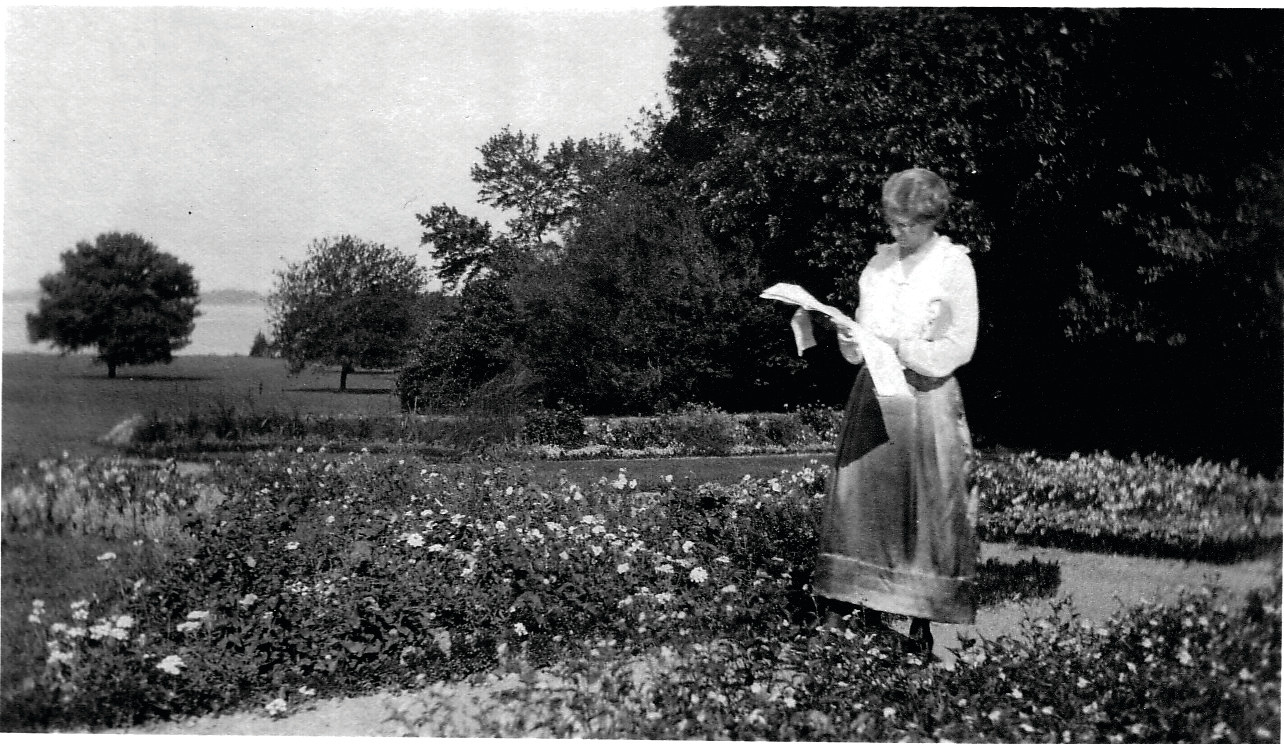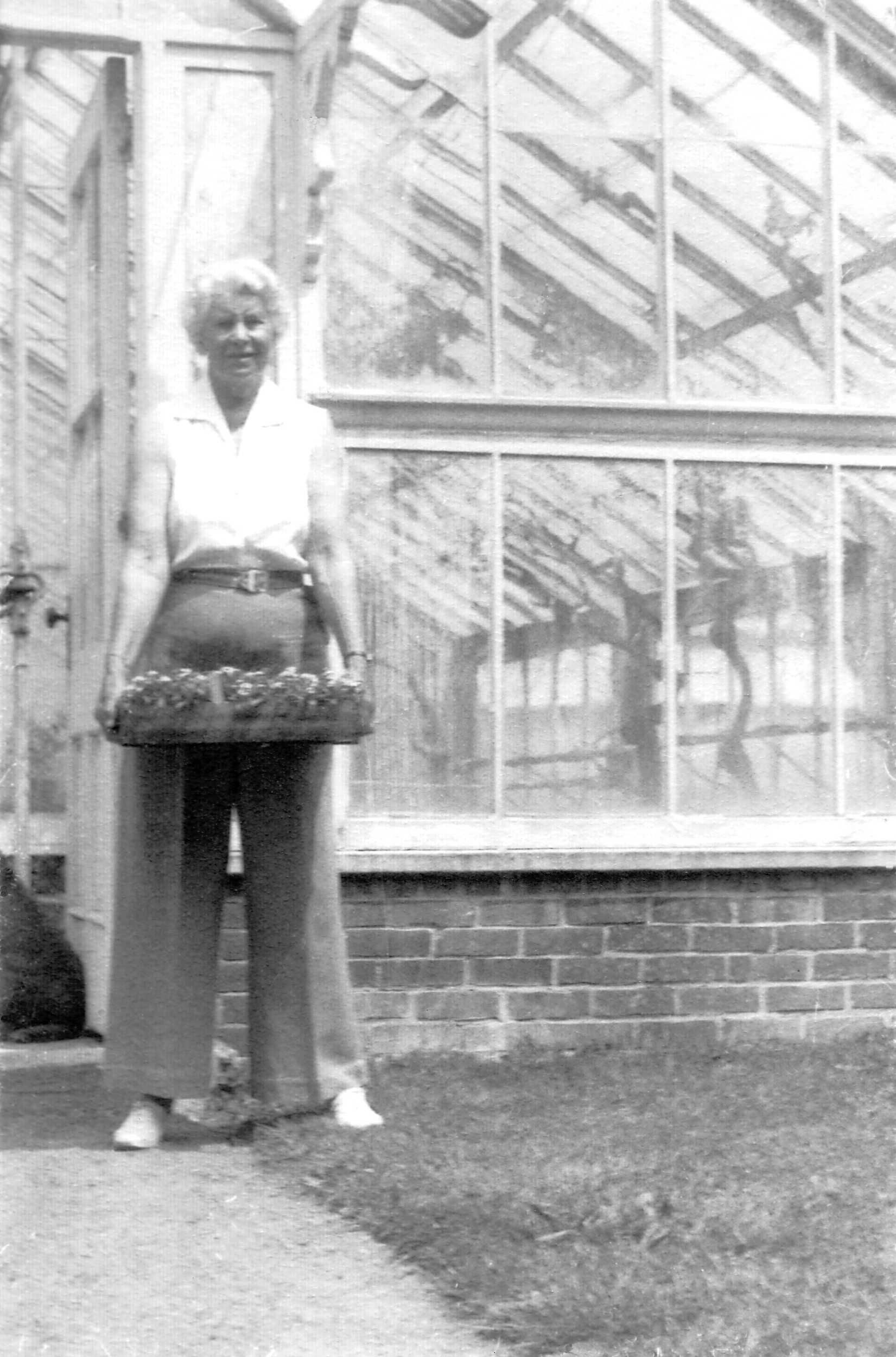The surest sign of spring
The not-so-humble daffodil boasts classical roots, English breeding, and a cult following
"So many places have beautiful daffodil displays," said Gail Read, Blithewold's Gardens Manager. "Blithewold doesn't have a display. We have a collection." Daffodils are dependable, even if they …
This item is available in full to subscribers.
Please log in to continue |
Register to post eventsIf you'd like to post an event to our calendar, you can create a free account by clicking here. Note that free accounts do not have access to our subscriber-only content. |
Day pass subscribers
Are you a day pass subscriber who needs to log in? Click here to continue.
The surest sign of spring
The not-so-humble daffodil boasts classical roots, English breeding, and a cult following
"So many places have beautiful daffodil displays," said Gail Read, Blithewold's Gardens Manager. "Blithewold doesn't have a display. We have a collection."
Daffodils are dependable, even if they appear a little late some years, like this one. They are a true perennial, they need no routine maintenance, and they favor naturalized environments, like Blithewold's Bosquet — the enclosed woodland just north of the mansion. "You can divide them, but you don't have to," said Ms. Read. "We don't touch them."
It's a good thing the daffodils don't require much hands-on cultivation — it would take valuable time away from ongoing efforts to identify and research the countless varieties of daffodils found on the property. Next time you see a Blithewold daffodil, look closely. If you are there early in the bloom, you may see a ‘Little Gem’, ‘Ice Follies’ or ‘King Alfred’ cultivar; if it's late in the season you might find ‘Thalia’, ‘Mrs. Backhouse’ or Poeticus ‘Actaea’. Or you might be looking at something else entirely, as the number of flowers we commonly refer to as "daffodil" is staggering.
Daffodils are actually divided into 13 divisions, of which Blithewold boasts examples from all. There are between 40-200 daffodil species and subspecies and over 25,000 registered cultivars (varieties which have been officially named). Among the more than 50,000 daffodils at Blithewold, can be found dozens of different varieties — including at least one whose true identity continues to elude their team of horticultural experts. "We don't know for sure what it is," said Ms. Read. "It's an old jonquil type that has been here for decades."
The incredible variety of daffodils begins, of course, with nature, but man has played a heavy hand. And people have been appreciating daffodils nearly as long as we've been keeping track of our history. They were not, as they say, born yesterday.
Daffodils are referenced many times in classical antiquity, appearing at the reunion of Demeter and her daughter Persephone in Greek Mythology, as decoration in ancient Egyptian tombs and frescoes at Pompeii, and in the King James Bible.
Historians credit the Roman army for introducing the daffodil to the rest of their empire. It was believed to have medicinal properties (though it is in fact, toxic, which saves it from being ravaged by deer and other wildlife.) Still, Roman apothecaries were known to carry daffodil bulbs and plant them wherever the army was stationed.
Daffodils naturalized throughout Europe, and it is the Dutch who gave the flower the name daffodil, from 'affo dyle', meaning "that which comes early."
Though not reaching the level of mania of the Dutch obsession with tulips, which led to a speculative market and a massive collapse (regarded as the world's first) in 1637, daffodils, especially large-trumpeted varieties, saw great demand, with dozens of known varieties available as early as the mid-1700's.
As much as the rest of Europe enjoyed their daffodils, they took Great Britain by storm. The plants thrived in that environment and the people adored them. They spread on to North America, when migrants brought this familiar reminder of England to the Colonies. The hardy bulbs traveled well across the Atlantic, and took root in the new world.
According to British landscape designer and writer Noel Kingsbury, daffodils "rode the coattails of the British Empire, but really only to those lands where people of British descent chose to settle, inevitably ones with a climate similar to back home. The reasons for this are endlessly debated by historians, but what became an anglophone or Anglo-American culture ended up dominating the world. The daffodil is part of that culture."
The end of the 19th and beginning of the 20th century was a time of great change at Blithewold, when Bessie VanWickle McKee, the lady of the house, worked with famed landscape architect John DeWolf to create much of Blithewold's gardens as we know them today, including the Water Garden, the Moon Gate, and the Bosquet. They filled the Bosquet with daffodils, which would have reminded Bessie fondly of her first trip to England, which she had undertaken not long before.
Meanwhile in England, developing daffodil cultivars became a cutthroat competition, and new varieties were cropping up everywhere. Fashionable people of means — like Bessie and her daughter, Marjorie Van Wickle Lyon — collected gardening books and catalogs featuring daffodils (among other flowers) and would peruse them looking for exotic and interesting additions to their gardens.
"Daffodils were a hot trend in the 1920's," said Ms. Read. "I can just imagine Bessie and Marjorie getting excited to find a new, hard-to-get addition for the Bosquet."
Today, the staff and volunteers at Blithewold continue to uncover the story of the daffodil, through the archive's gardening books, including one that is entirely devoted to the species. And they hope the long-running journal that was kept by Bessie's friend and companion Estelle Clements might continue to yield more clues about the gardens. Gail Read and her gardens staff continue to add to the Bosquet, but primarily to ensure a good balance of early and late-blooming daffodils. They were late this year — "every week I've changed my estimate of when they will peak," said Ms. Read. But they are here now.
So visit Blithewold's daffodils (peaking this week….maybe….) and while you are taking in the ambiance, remember that while some of the plants may be 100 years old, their roots go back millennia. That daffodil is not just a pretty face, it's a pretty face with an ancient soul — one that appeared in the writings of Virgil and Shakespeare, crossed deserts and oceans, was buried with pharaohs and under the ash of Vesuvius, and has been making and breaking fortunes and egos in European horticultural circles ever since. That's some flower.









